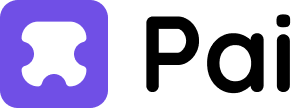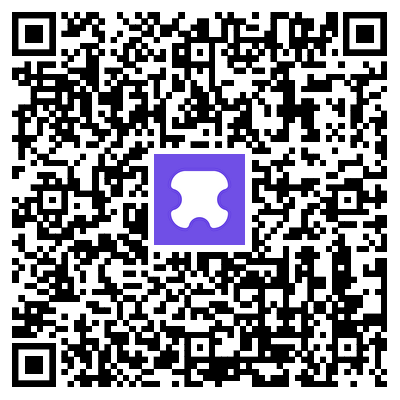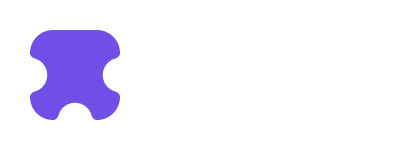identification of ions and gases
Difficulty Levels:
1
Q&A
Easy
State a chemical test for water.
test:______
observations:______
Answer:
anhydrous copper(II)sulfate / cobalt(II)chloride(paper)
turns blue / pink
Explanation:
2
Q&A
Easy
(i)A few drops of aqueous sodium hydroxide were added to the first portion of solution $$\mathbf{A}$$.[2]
observations:______
(ii)An excess of aqueous sodium hydroxide was then added to this mixture.
observations:______
Answer:
(i)white
precipitate
(ii)clears / dissolves / colourless solution
Explanation:
3
Q&A
Easy
(i)A few drops of aqueous ammonia were added to the second portion of solution $$\mathbf{A}$$.
observations:______
(ii)An excess of aqueous ammonia was then added to this mixture.
observations:______
Answer:
(i)white precipitate
(ii)clears / dissolves / colourless solution
Explanation:
4
Q&A
Easy
Aluminium foil and aqueous sodium hydroxide were added to the third portion of solution $$\mathbf{A}$$.
The mixture was heated and the gas produced was tested with litmus paper.
observations:______
:______
Answer:
bubbles / effervescence
litmus turns blue
Explanation:
5
Q&A
Easy
tests on solid $$\mathbf{B}$$
Some of the tests and observations are shown.
$$
\begin{array}{|l|c|}
\hline {\text { tests on solid B }} & \text { observations } \\
\hline \text { test 1 } & \\
\text { A flame test was done on solid B. } & \text { red flame } \\
\hline \text { test 2 } & \\
\text { Solid B was dissolved in water. } & \text { yellow precipitate formed } \\
\begin{array}{l}
\text { Dilute nitric acid and aqueous silver nitrate were } \\
\text { added to the solution. }
\end{array} & \\
\hline
\end{array}
$$
Identify solid $$\mathbf{B}$$.
Answer:
lithium
iodide
Explanation:








